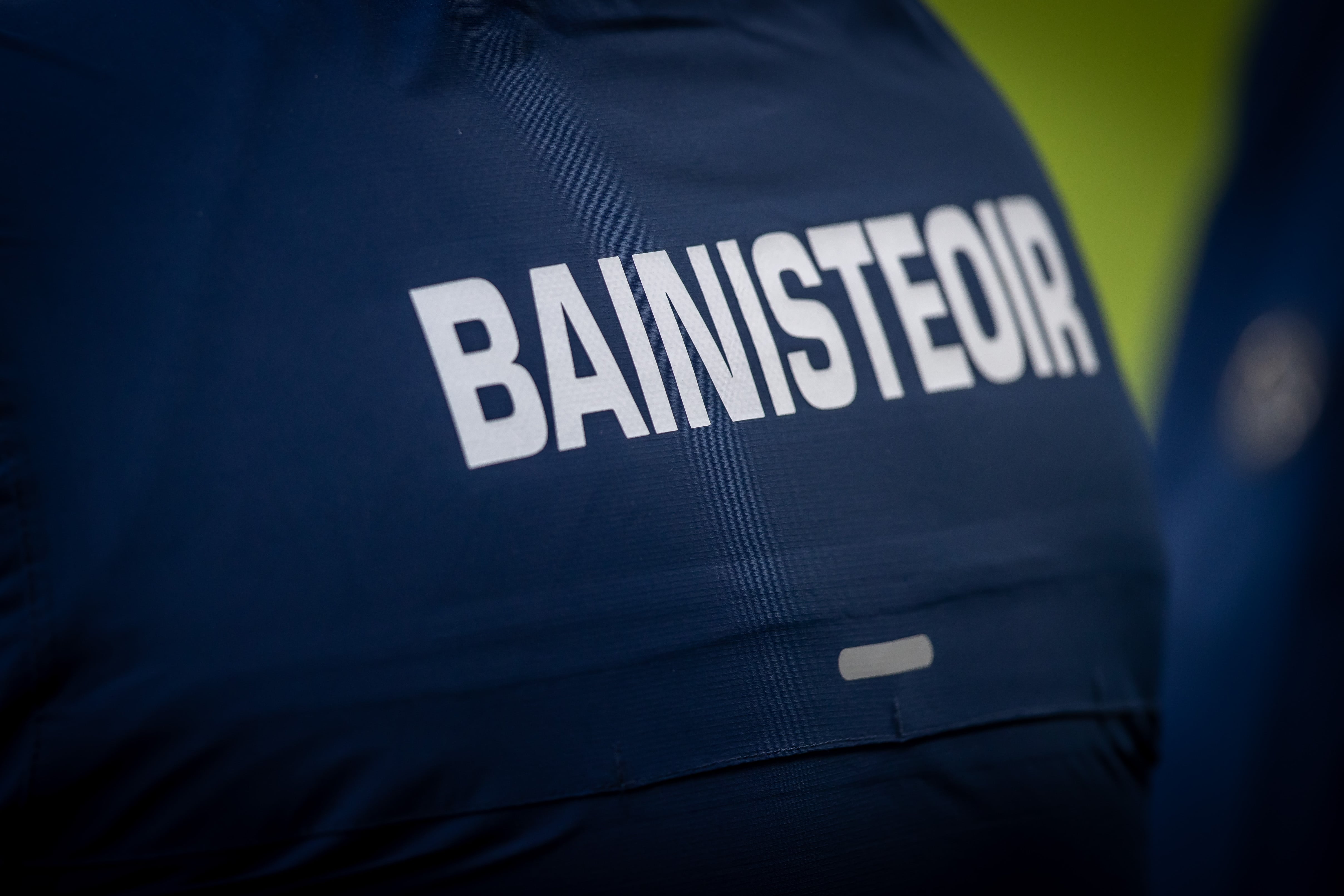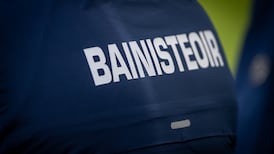GAA congress voted on Saturday to reduce to 60 hours the necessary window of separation between matches before a player could line out in intercounty championship for under-20s and seniors.
The motion from Cork received strong backing from delegates but it was only possible because the GAA effectively lost its nerve on designating under-20 as a development grade as originally envisaged when introduced in 2018.
Under that provision, players had to choose between senior and under-20. Former Leinster chair Pat Teehan from Offaly has been appointed chair of the Rules Advisory Committee by president Jarlath Burns and he previously served on the Age Grades Review Committee.
“It was supposed to be developmental,” he says about the under-20 grade. “This was never dropped officially – safer to say it was never actually implemented. Originally, we operated on the basis that under-21s, as they were at the time, could not play senior.”
READ MORE
That restriction has proved contentious, with under-20 players excluded from senior consideration and, more commonly, senior managers launching broadsides against the rule.
In April two years ago, Limerick manager John Kiely complained about the rule that prevented Cathal O’Neill lining out with the under-20s because he had played senior championship.
“It’s disappointing that we’re penalising our best players. We could make this work. Managements could make this work in the modern era. We monitor their loads for everything they do: if they go to the gym or they’re with the 20s. We can make these things work.”
This was raised on Saturday. The restriction was blamed for the fact that O’Neill and, before him, Kerry footballers David Clifford and Seán O’Shea had been unable to play under-20 because they had been called up to the seniors.
It was also argued that in years gone by, player frequently moved between under-21 and senior but Teehan says that the demands of training in those days were completely different.
“There was never the intensity of training that put significant physical strain on the body.”
He also takes issue with the terms of some of Saturday’s speeches.
“At various times during the debate on Saturday, it was stated that players had been deprived of All-Ireland under-20 medals because of the rule. But it was the counties who deprived them by selecting them for senior panels. That’s the option open to everyone.”
The only opposition to the motion came form provincial councils, Michael Reynolds and John Prenty, chief executivess of Leinster and Connacht respectively, and their reservations were largely based on fixtures scheduling.
It is a point echoed by Teehan in a general argument about the difficulties of multi-eligibility and its impact on fixtures.
“A 20-year-old dual player could be playing under-20 hurling and football and senior hurling and football with his club and county. That’s eight teams! Then you’ve Fitzgibbon and Sigerson on top of that. People ask how other sports manage their fixtures so efficiently but their players are generally just on the one team.”
- See our new project Common Ground, Evolving Islands: Ireland & Britain
- Sign up for push alerts and have the best news, analysis and comment delivered directly to your phone
- Find The Irish Times on WhatsApp and stay up to date
- Our In The News podcast is now published daily – Find the latest episode here













